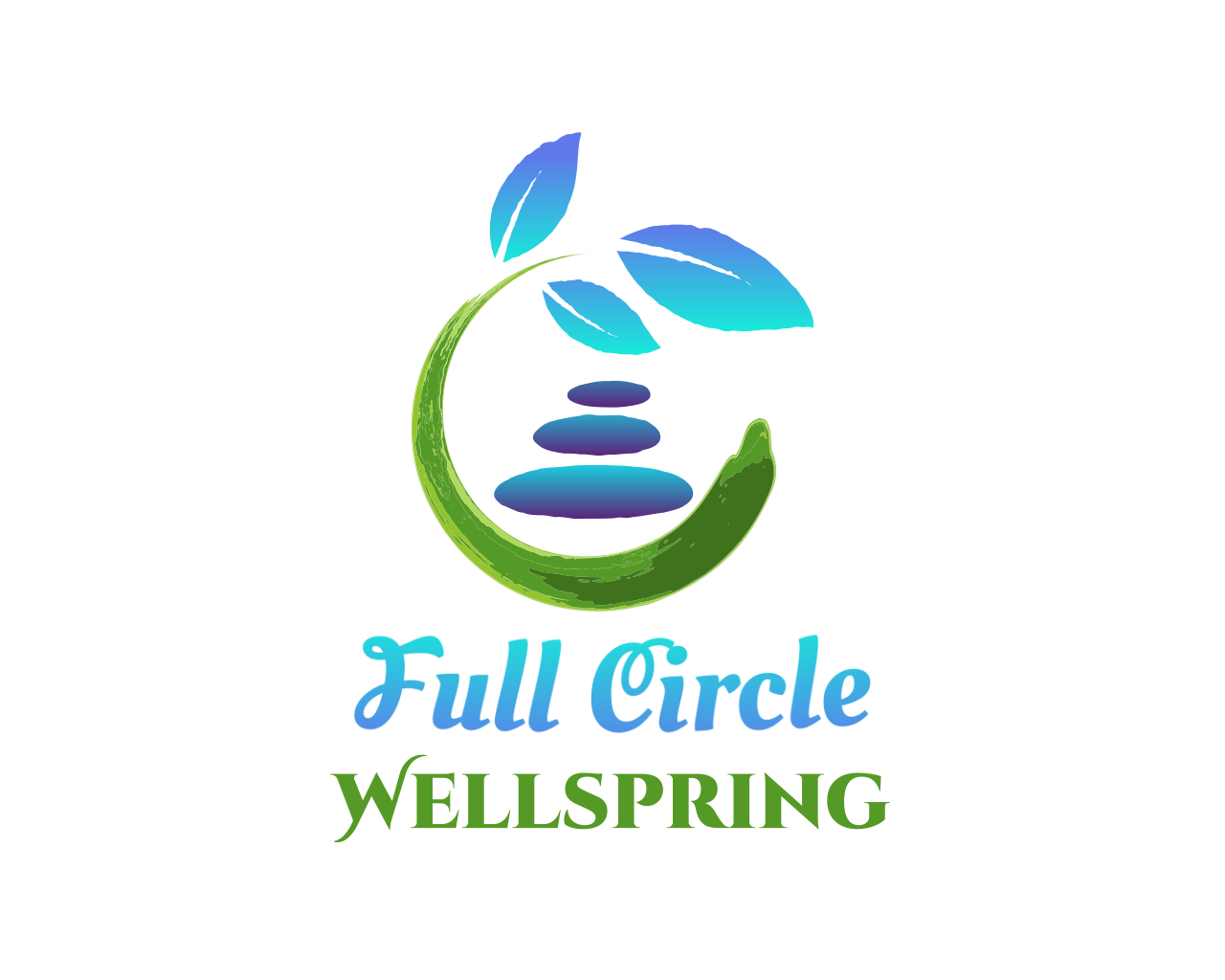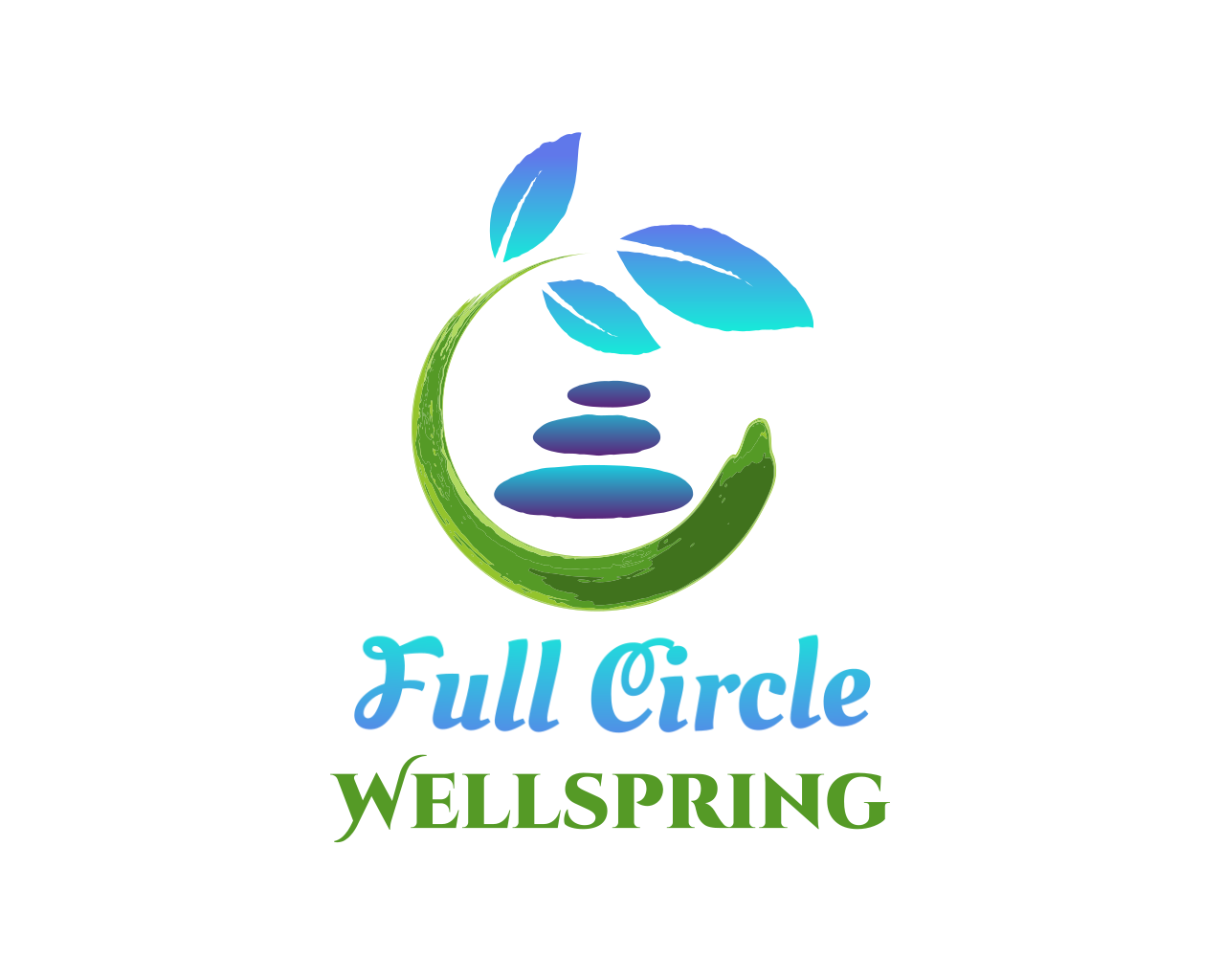Full Circle Fridays|Week 12: Lighthouses
Author Note: If you prefer to listen or watch instead of or along with -
Check out the YouTube video and/or the Podcast audio.
Throughout your trauma recovery journey — a labyrinth as we identified earlier this week — a recommendation I like to make to clients is to have a list of lighthouses along the way. An actual lighthouse has lots of uses and facets. Major functions are to warn ships of hazardous coastlines, shallow shores, rocks, or reefs; they also serve in safely guiding in harbor approaches and departures. They are a beacon of light to help maritime navigation. If there is a high cliff, a lighthouse can be shorter in stature, but if on a shallow shoreline or even in the water, the lighthouse must be quite tall. The whole point of the lighthouse is to shine so brightly that it can be seen while the sailor is still far enough away from shore to make any corrections and adhere to the warning the lighthouse gave. Each lighthouse is unique — painted different colors for easy recognition during the day to help map olden day voyages, different types of lighting depending on its era, changing light patterns if two lighthouses are close together for identification as landmarks, and, in known fog areas where a light may be hard to see, a sound signal would be used at appropriate times. Lighthouses were a form of GPS for ships before GPS was a thing, and even now are still used for harbor guidance or when GPS fritzes out.
Now imagine that you are the ship (or the captain of it). This pilgrimage we find ourselves on in our trauma healing often has dark spots and has times where warnings are needed. Identifying your own lighthouse escorts prior to a catastrophe is very valuable. I mean this in a way of a proactive list of resources that can assist to prevent a shipwreck and a reactive one in case of shipwreck. As a coach, if a client has a known history of dangerous or life-threatening behaviors, we conduct a safety plan and maintain crisis management plan on file. This gathers up their warning signs as well as resources of how to handle those warning signs. However, I really believe, as you build your toolbox of recovery aids, keeping a short list of lighthouses close by is relevant for any trauma survivor.
Some examples of the proactive lighthouses that are warning where there are dangerous shoals or injurious rocks ahead could be: identifying your known triggers and triggering situations or people, recognizing a lack of self-care routine that signals impending overload, understanding your Four F reactions to catch yourself when about to enter one, or learning to watch for somatic signals in your body that tell you need rest. In olden days a light keeper was present to get emergency help for a shipwreck, which is now replaced with remote monitoring for said crisis management. Some of these reactive lighthouses for trauma survivors could include: having a list of safe people to call in a crisis, knowing your emergency numbers for a mental health breakdown or a domestic violence incident, keeping an emergency self-care safety plan in case you begin to get overwhelmed or consider harming yourself, learning how to challenge intrusive thoughts, self-harm, or suicidal ideation with CBT prompts, or using guided meditations specifically for trigger situations (like Flood, Calm, Cool, Collected, and Lazy River).
There are also beacons to help us dock safely in harbor when we need rest and to guide us out of harbor when we are ready to set sail to the seas again. This could be a compilation of a trauma informed therapist, a trauma coach, a yoga instructor, a bodyworker, a somatic experience practitioner, or even a close, safe friend or partner who knows when to remind you about productive rest or encourage you to take time away from a stressful situation. These are paramount to keeping you well on this journey to trauma recovery and authentic health and wellness.
If you don’t have a trusted guide to help you gather these types of resources, I’d encourage you to send me a message on the “connect” tab of my website or schedule a free 20-minute consultation to see if coaching is right for you. Together, we will find ways to keep your mind, body, and spirit on a healthy journey — sailing in safety and wellness, enjoying the waters, and floating along in peace and security.

